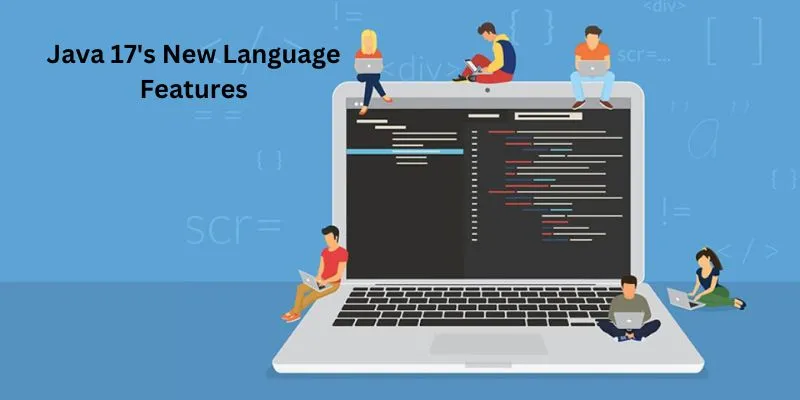
Java 17, a Long-Term Support (LTS) release, introduces several exciting new language features that enhance developer productivity, code readability, and application performance. Whether you’re taking Java Training in Bangalore or working as a seasoned developer, these enhancements will undoubtedly boost your programming experience. In this blog, we’ll explore some of the standout features in Java 17 and how they can benefit you.
-
Sealed Classes
One of the most talked-about features in Java 17 is sealed classes. Sealed classes allow you to control which classes or interfaces can extend or implement them. This feature helps maintain a more secure and well-defined class hierarchy. Imagine you have a class representing a shape, and you want to ensure that only certain specific shapes can inherit from it. With sealed classes, you can explicitly specify the subclasses, preventing any unauthorized class from extending the base class.
-
Pattern Matching for Switch
Java 17 enhances the `switch` statement with pattern matching, making your code more expressive and easier to read. This feature simplifies the process of working with different types and structures within a `switch` statement. Instead of writing multiple lines of code to check the type of an object and cast it, pattern matching allows you to do it all in one go. This makes your code not only shorter but also more readable and less error-prone.
-
Records Enhancements
Records, introduced in Java 14, receive further enhancements in Java 17. Records are special classes designed to hold immutable data. With Java 17, records can be used as local classes, adding flexibility to your code. For instance, if you need to create a simple data carrier class within a method, you can now define a record inside that method. This feature is particularly useful for simplifying your code and making it more concise. For those interested in mastering such features and more, enrolling in a Java Training in Marathahalli can provide in-depth knowledge and practical experience with these enhancements and other advanced Java concepts.
-
Enhanced Null Pointer Exception
One common and frustrating error in Java is the `NullPointerException` (NPE). Java 17 improves this by providing more informative NPE messages, helping you quickly identify the cause of the exception. Instead of getting a generic message saying that a null value was accessed, Java 17 tells you exactly which variable was null and where the access attempt occurred. This improvement makes debugging easier and faster, saving you valuable time during development.
-
Text Blocks Developments
Text blocks, introduced in Java 13, are further enhanced in Java 17. Text blocks make it simpler to include large blocks of text in your code without cumbersome string concatenation. For example, if you need to embed a large chunk of HTML or SQL into your Java code, text blocks allow you to do this clean and readable. This feature helps keep your codebase neat and understandable, especially when dealing with multi-line strings.
-
Strong Encapsulation in the JDK
Java 17 enforces stronger encapsulation by restricting access to internal APIs. This change encourages the use of standard APIs, promoting better modularization of applications and enhancing security. By limiting access to internal APIs, Java 17 helps ensure that developers rely on well-documented, stable APIs. This practice leads to more robust and secure applications, as it minimizes the risk of unintended interactions with internal, potentially unstable parts of the JDK.
-
Deprecation of RMI Activation
Java 17 marks the deprecation of RMI (Remote Method Invocation) Activation, a feature used for activating objects remotely. This deprecation is part of a broader effort to remove outdated features from the JDK, focusing on modern, efficient alternatives. Developers are encouraged to explore other remote communication technologies, such as gRPC or RESTful web services, which offer more modern and scalable solutions. Moving away from outdated technologies helps keep your applications current and easier to maintain.
Java 17 brings a host of new language features and enhancements that significantly improve developer productivity, code readability, and application performance. From sealed classes and pattern matching for switch statements to records enhancements and better NullPointerException messages, these additions empower developers to write cleaner, more efficient code. Whether you’re maintaining existing code or starting new projects, Java 17 offers a robust and versatile toolkit for modern software development.
By staying up-to-date with the latest Java advancements, developers can ensure they are leveraging the full potential of the language and its ecosystem, leading to more efficient, maintainable, and high-performance applications. If you’re interested in mastering these new features, consider enrolling in a Training Institute in Bangalore This will help you stay ahead of the curve and fully utilize the power of Java 17 in your projects.
Also Check: Java Interview Questions and Answers
